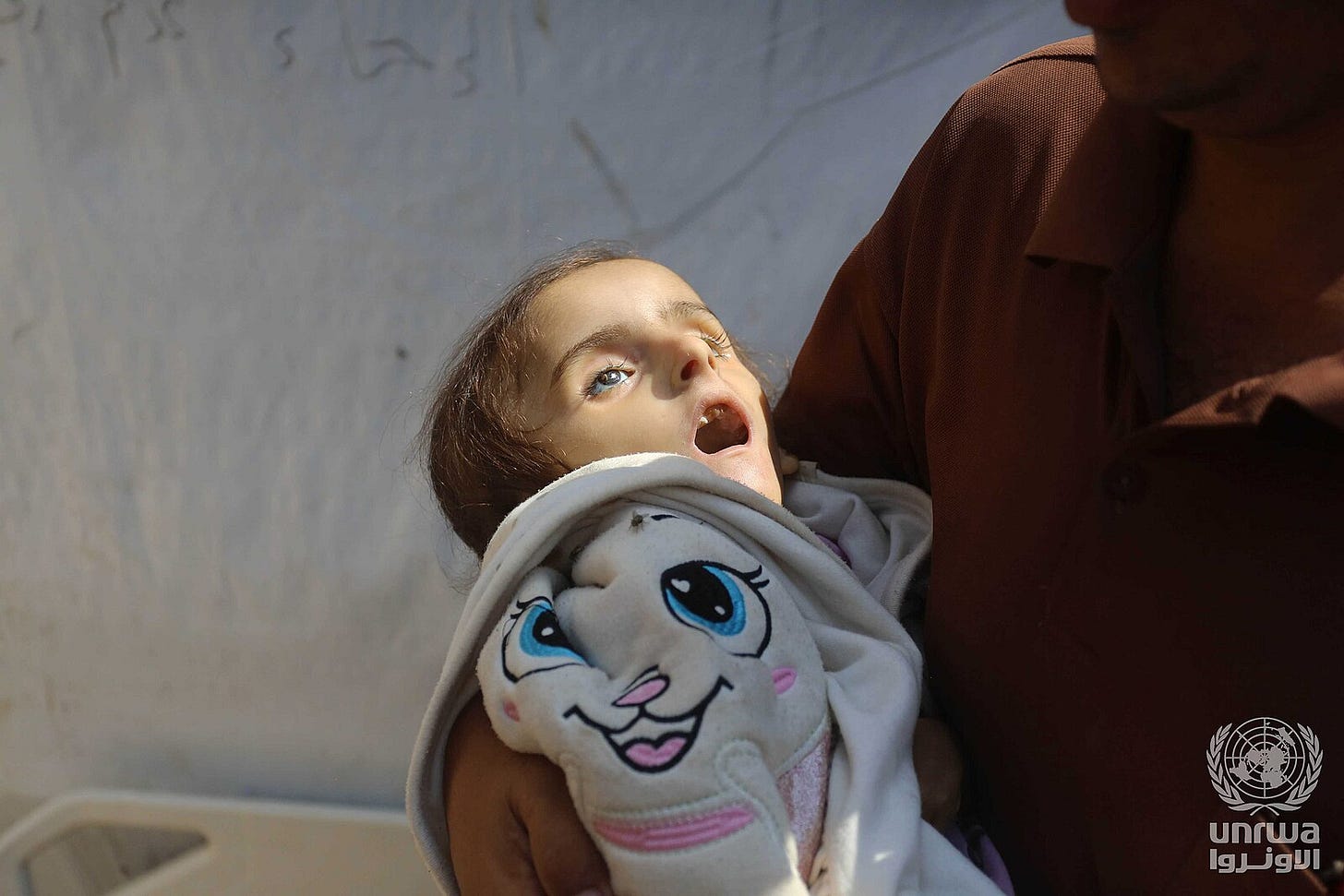In what Israeli officials called a humanitarian gesture, planes recently began dropping aid packages over Gaza, for the first time in months. But on the ground, the reality was far different: much of that aid never made it to the civilians who need it most. In…
Keep reading with a 7-day free trial
Subscribe to The Crustian Daily to keep reading this post and get 7 days of free access to the full post archives.



